Supporting People With Disabilities
DRCC is an organization in Duluth, Minnesota, that provides full-time housing and personal care assistant services for people with disabilities. They have excellent housing and other services because of their devoted staff and care teams. DRCC wanted content that would show their care and advocacy for the disability community. The goal was to attract job candidates that would be passionate about DRCC's mission to support people with disabilities in having a high-quality life.
The Backstory
DRCC approached me to use my design services for creating recruitment content. Through discussions with their leadership team, we determined that the organization needed a visual system to reach recruitment goals and maximize time and effort. Instead of using traditional media, I encouraged them to use the visual system for generating social media content to reach its target audience.
By developing a system, DRCC would gain a tone of voice and way to talk about who they are, what they do, and who they do it for. They also needed visual components to execute the system, such as colors and illustrations.
I asked Terresa Moses, co-founder and creative director of Black Bird Revolt, to co-design the visual system with me. Terresa was asked because she has an expertise in social justice design, branding and illustration. Together we designed different system components and other brand assets. DRCC agreed that Terresa and I would develop content for them for a few months to kickstart the system’s implementation before they start making content. I was responsible for generating time-based media content while Black Bird Revolt produced static content for different social media platforms.
Once we completed the system, we created a joint Canva account for DRCC. This depository and design tool allowed staff members to use Canva for generating content. All the system’s components and elements were saved to the account, giving DRCC what they need to carry out the system.
The Approach and Challenge
DRCC knew that generating content was a responsibility for several people because the organization did not have an on-staff designer or social media coordinator. For the system to work, it must regularly generate content. Recruitment efforts, service promotions, and disability advocacy are always ongoing. Terresa and I approached the system’s design so that DRCC’s staff could generate content, regardless of their design skills.
DRCC’s logo was in use for several years before Terresa and I began to build the system. We used the six different shapes between veins in the leaf to define themes that symbolized the organization’s mission. The themes helped define how content would be communicated verbally and visually. Terresa and I advised DRCC that their content makers should speak to one of those themes because it would keep the content on target.
Colors and Textures That Help Convey DRCC’s Mission
Terresa and I selected a scheme of colors that conveyed DRCC’s mission. Before developing the system, DRCC used dark blackberry as the primary color in all materials. Thereby, it was essential to use that color in the system and build the color scheme around it.
Textures are a recognizable part of the system because they add contrast between visual elements. Creators have more options to make content visually interesting by using texture instead of only using flat planes of color.
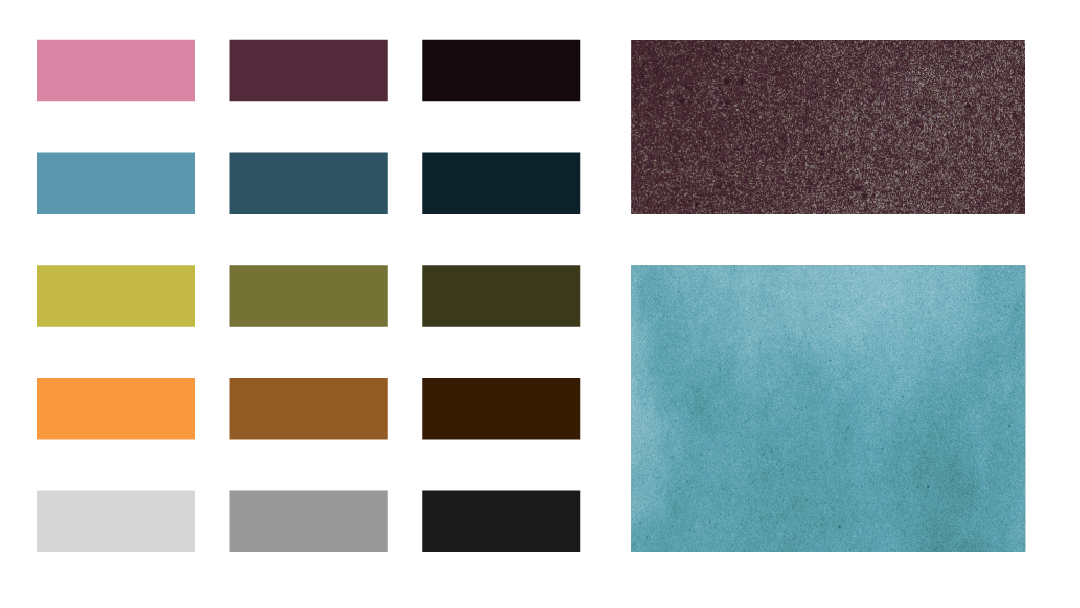
The Use of the Blanch Typeface
The typeface, Blanch, was used as a part of the logo before the development of the system. It became the primary typeface of the system because it was already associated with DRCC. Unknown to DRCC and to our surprise, we found that the typeface has variations in its design. We used the variations to build the system.
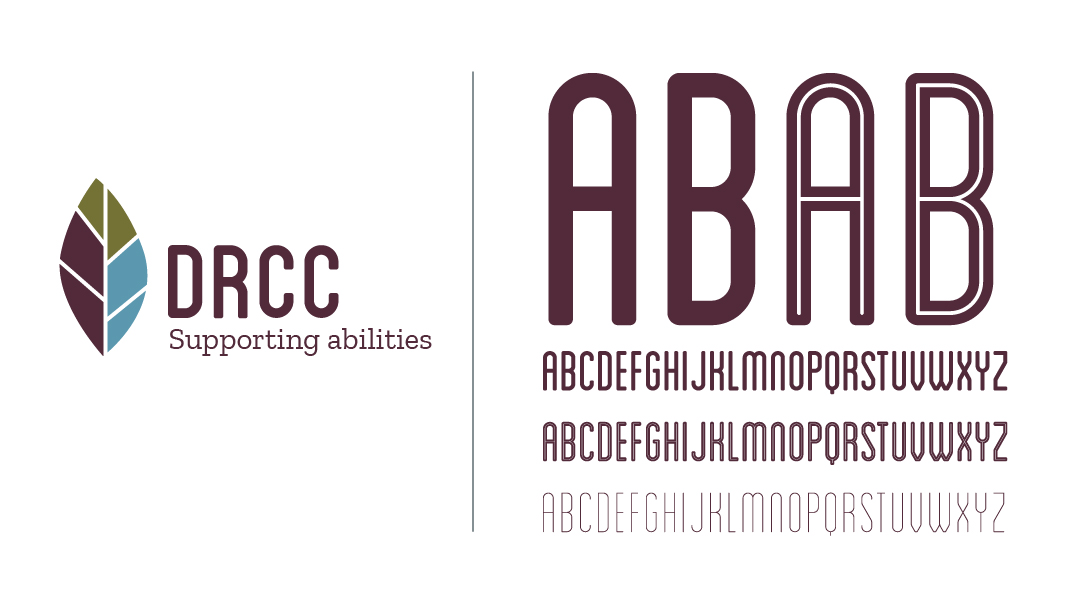
The Use of the Zilla Slab Typeface
The Blanch typeface is mainly used for headers, but the subheaders, taglines, and body text are formatted in the Zilla Slab typeface. It was chosen for the system because it has a complex anatomy with its terminals and ears, whereas the Blanch characteristics are simpler.
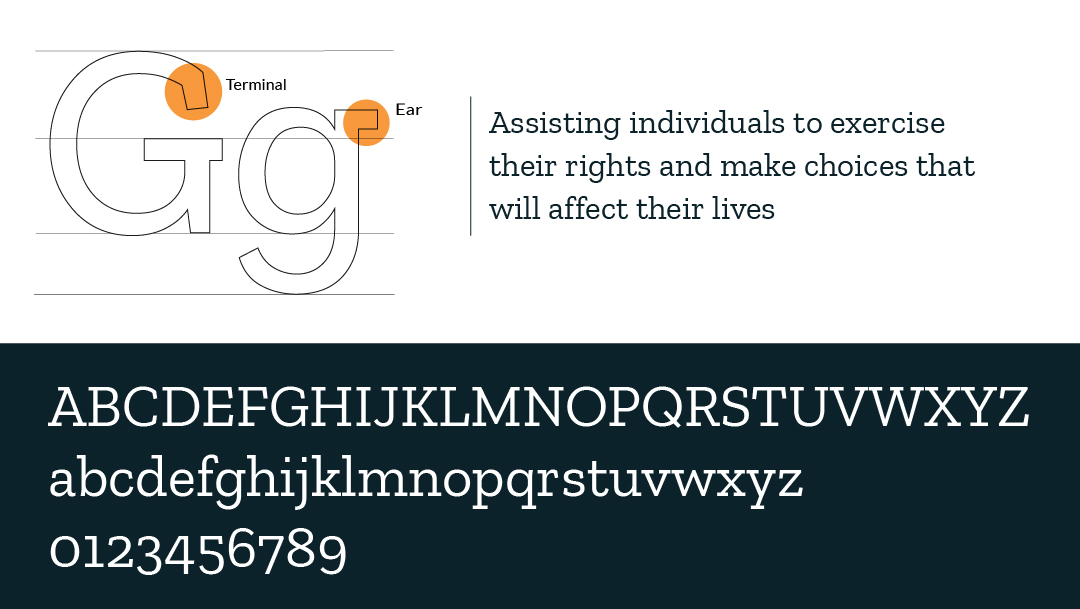
Using the System Elements
I animated a title sequence by using colors, textures, and typefaces. The sequence shows the visual intonation of how the system elements can work together. The title sequence speaks to the theme of relationships with the people that DRCC supports.
The Use of Characters
Terresa and I designed characters to make the system unique and identifiable to DRCC. Each character shares the same style using the system’s colors and textures. Each set of characters is slightly different to convey the concept of diversity. We designed the characters to be complementary to in-house and stock photography. Depending on the application, the characters could replace the use of photographs altogether.
A library of illustrative components was also made using the system’s color scheme. The illustrations offer DRCC content creators options when developing content for various platforms. As with the characters, the illustrations are identifiable as content generate by DRCC.
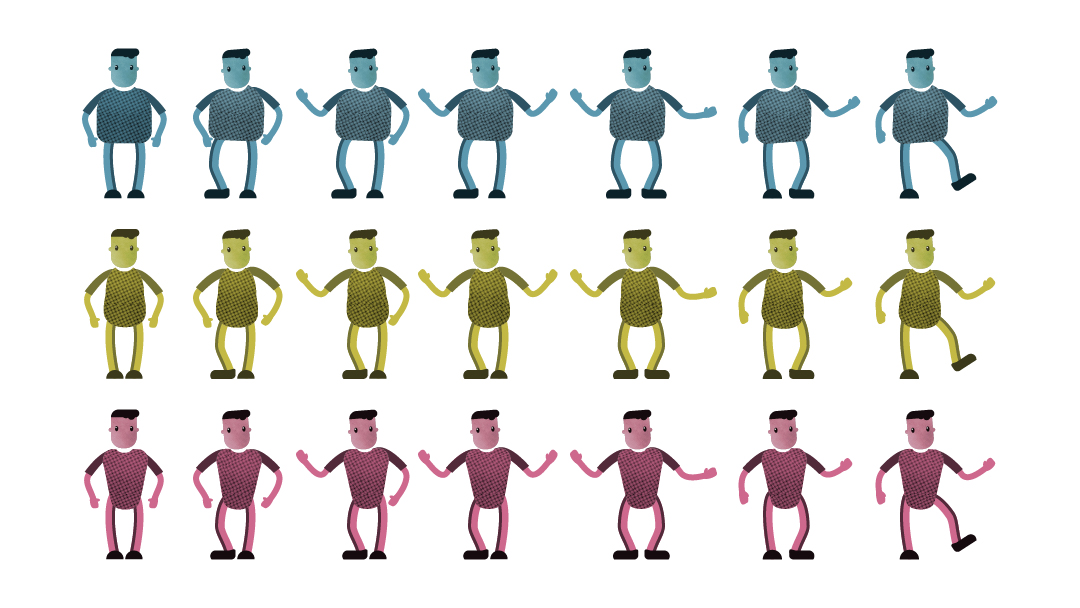
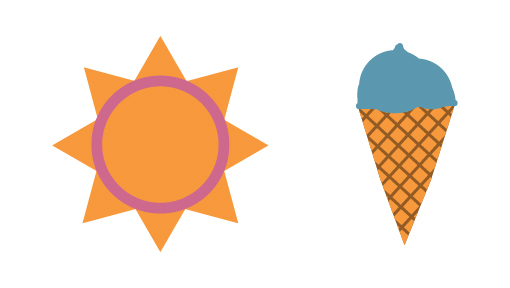
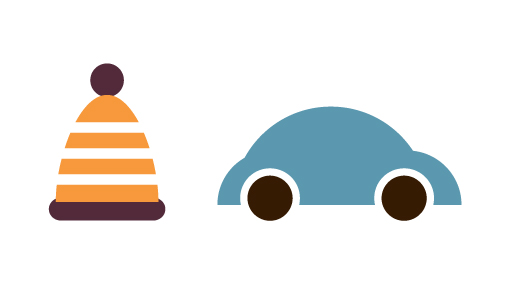
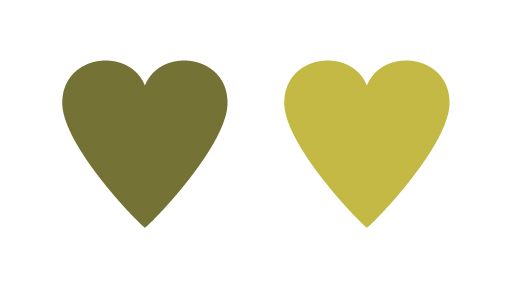
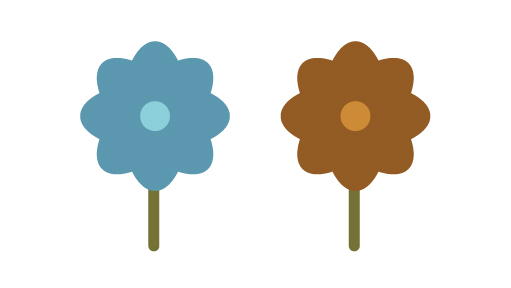
Using the System’s Elements
The animations I developed show how the characters and illustrations are perfect for content like Instagram Stories. The characters can also be used with photography.
Photography by
Kelly McFaul-Solem and John O’Neill
Making Video Content That Matters
Research on social media trends reveals that generating video content for Facebook, Instagram, and other social media platforms received the most views, likes, and engagement. To this goal, I developed video animations that were essential to launching the system and helping DRCC establish its presence on social media.
Typographic-based: Making the animations typographic-based was the fastest way to make video content. The topographic approach also eliminated the time and effort that it takes to produce closed captions.
Educational animations: The goal of the animations was to create awareness in the general community about DRCC’s expertise in disability topics and issues. The animations are educational by describing different aspects of the disability community and the barriers they experience regularly. More people and organizations will turn to DRCC regarding disability topics and issues if it is widely known that DRCC is the expert.
